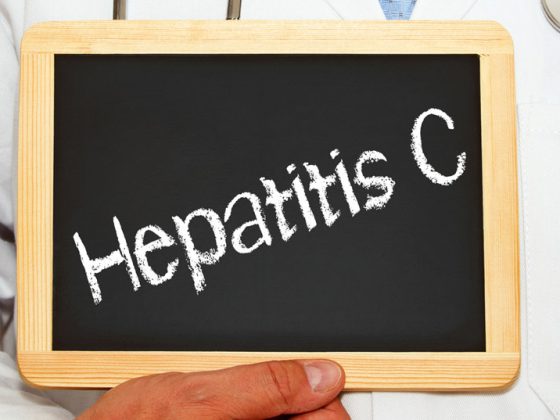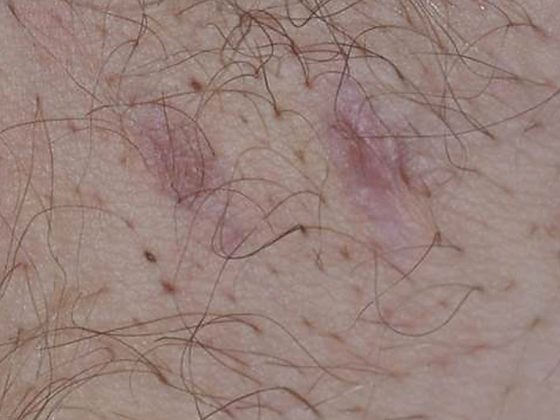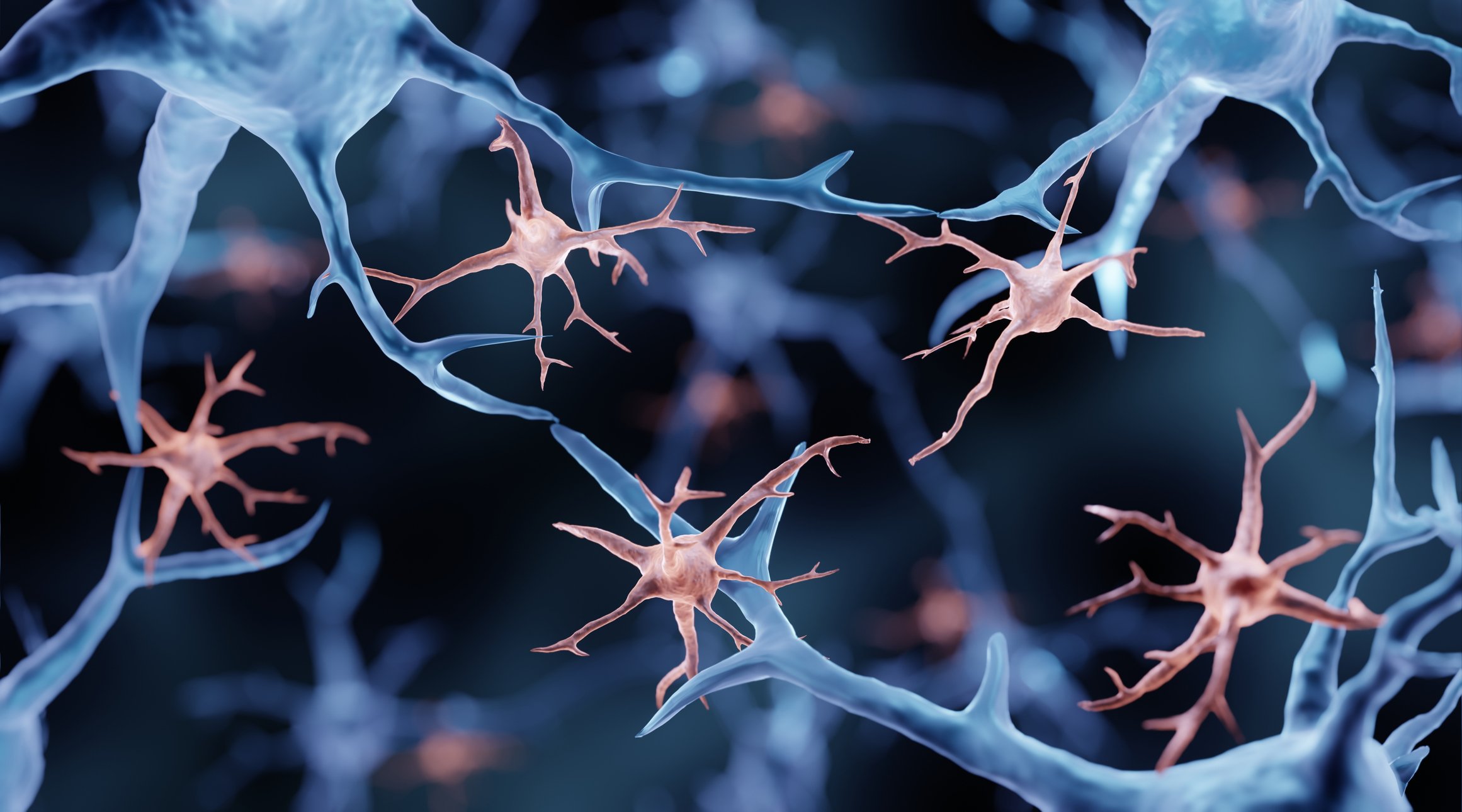Prophylactic mastectomy reduces the risk of breast cancer by more than 95% in a healthy BRCA mutation carrier. However, intensified screening is a good alternative to surgery. For a diseased mutation carrier, breast-conserving therapy is sufficient according to current data. Mastectomy has shown no survival benefit to date. What is certain, however, is that the risk of contralateral recurrence is significantly increased in the presence of a BRCA mutation. A contralateral or bilateral mastectomy should therefore be discussed with the patient. Age at initial diagnosis as well as the affected gene should play a role in the decision. Prophylactic mastectomy in high-risk situations without mutation detection is not indicated. The most important prerequisite for medical action in any case remains an interdisciplinary, detailed and individual consultation with the patient.
The Jolie effect: after the prophylactic mastectomy performed on the famous actress, questions from patients and their relatives increased. “Up to ten times more inquiries than before the prominent surgery,” Spiegel online wrote. But for which patients is prophylactic mastectomy a viable option at all? Which women should we offer or even recommend this radical procedure to?
Hereditary breast carcinoma accounts for only about 7-10% of all breast carcinomas. The remaining 90-93% are sporadic, i.e. there is no inheritable gene mutation underlying the disease. Approximately half of all hereditary breast cancers are caused by a mutation in the Breast Cancer Gene (BRCA) 1 or 2. BRCA are located on chromosomes 17 (BRCA1) and 13 (BRCA2) and are involved in DNA repair as tumor suppressor genes. Due to a mutation in one of the two genes, there is an increased risk especially for mammary and ovarian carcinomas. This mutation is therefore also called HBOC syndrome (“hereditary breast and ovarian cancer syndrome”). The lifetime risk of breast carcinoma in a mutation carrier is up to 87% (general population 8%), depending on the literature, while the lifetime risk of ovarian carcinoma is also significantly increased at 44% compared to the general population (<1%).
The mutation is inherited in an autosomal dominant manner, so that about 50% of the offspring also carry the pathological mutation. The prevalence of a BRCA mutation is 1/500-1/1000. Only in the Ashkenazi Jewish population is the prevalence significantly higher, at 1/50.
Which women should now receive genetic counseling and possibly opt for genetic testing? The guidelines of the AGO (Arbeitsgemeinschaft Gynäkologische Onkologie), the ASCO (American Society of Clinical Oncology), and the NCCN (National Comprehensive Cancer Network) do not differ significantly. Attention should be paid to families in which three or more women have breast cancer, or to families in which two women have the disease, at least one of whom is younger than 50 years. Women from families in which breast carcinomas and ovarian carcinomas occur (in the same woman or in different women) should also be counseled. In addition, families with women diagnosed with breast cancer before the age of 35-40 are considered to have a high risk of breast cancer. age, men with breast carcinoma, women with bilateral breast carcinoma, and those with multiple ovarian carcinomas in their family as high-risk populations.
Healthy mutation carriers
“My medical choice” is what Angelina Jolie called her decision to have a prophylactic bilateral mastectomy. This intervention reduces the risk of breast cancer by more than 95% for a healthy mutation carrier and subsequently achieves a 90% reduction in breast cancer-specific lethality. The residual risk depends on the remaining mammary gland tissue and thus not least on the experience of the surgeon. As early as 2001, Meijers et al. 139 women with a BRCA mutation, 76 of whom had prophylactic mastectomy. The remaining 63 opted for intensified screening instead of prophylactic surgery. No breast carcinoma occurred in the mastectomized group, while eight women in the intensified screening group developed invasive breast carcinoma. The authors of the study concluded, “In women with a BRCA1 or BRCA2 mutation, prophylactic bilateral total mastectomy reduces the incidence of breast cancer at three years of follow-up” [1]. Further studies followed, which underscored the efficacy of prophylactic mastectomy in healthy mutation carriers. The PROSE study followed 483 women with BRCA mutations with and without prophylactic mastectomy over a 6.4-year period. Of 105 women with mastectomy, only two developed breast carcinoma (1.9%), while 184 of the 378 women (48.7%) in the control group did. From this observation, prophylactic mastectomy results in a risk reduction of approximately 90% [2].
The largest study on prophylactic bilateral mastectomy was published in 2010 by Domchek et al. published with data from 1974-2008. 2482 women with BRCA mutation were studied. None of the 247 women who chose prophylactic mastectomy developed breast cancer, while 98 of the 1372 women without mastectomy did. This study additionally demonstrated a risk reduction by bilateral adnexectomy also with regard to breast carcinoma risk [3].
Overall, prophylactic mastectomy certainly produces the greatest risk reduction and should be offered to the healthy mutation carrier. However, the extent of the surgical intervention and the resulting change in body image must be taken into account. Prophylactic mastectomy should be performed no earlier than age 25. A good alternative for healthy mutation carriers is certainly intensified screening in the sense of secondary prevention.
Is breast-conserving therapy sufficient for diseased mutation carriers?
How should we operate on women who have breast carcinoma and are carriers of a BRCA mutation? Should we advise mastectomy in this case, regardless of the size of the tumor? The question of ipsilateral risk is controversial and studies do not show consistent results. While individual studies have described an increased risk of both ipsilateral and contralateral recurrences [4], other studies have clearly highlighted that there is no difference in the number of ipsilateral recurrences between mutation carriers and women with sporadic breast carcinoma [5]. The common finding of the studies is that there is no survival benefit to be gained from the more radical local therapy [6].
The risk of ipsilateral recurrence has been studied, among others, by Metcalfe et al. 2011 in 396 patients with BRCA mutation and breast carcinoma. The 5-year risk was 5.8%, and the 10-year risk was 12.9%. Adjuvant chemotherapy, radiotherapy, and prophylactic adnexectomy again significantly improved the annual risk, which averaged 1.2% [7]. A 2014 meta-analysis showed no significant difference in ipsilateral recurrences in the mutation carrier group and the control group. A difference is only apparent after seven years of follow-up, so that breast-conserving therapy remains a reasonable option here [8].
According to the current S3 guideline Breast Cancer 2012, the therapy of BRCA-associated breast cancer follows the guideline recommendations for sporadic breast cancer. Breast-conserving therapy as a possible good option for diseased mutation carriers is mainly due to the high radiosensitivity of BRCA-mutated cells [9]. Certainly, this is a case-by-case decision. The desire for bilateral mastectomy in case of disease is understandable regardless of the study situation and should therefore also be discussed with the patient.
Contralateral mastectomy as an additional option
Since the risk of ipsilateral recurrence does not seem to be increased according to current studies, the question of contralateral carcinoma risk now arises. In a study published in JCO 2009, 2020 BRCA mutation carriers with breast carcinoma between 1996 and 2008 were studied. The cumulative risk of contralateral carcinoma was 47.4% after 25 years. The risk was as much as 1.6-fold higher in the presence of a BRCA1 mutation compared with patients with a BRCA2 mutation [10]. In particular, a young age of onset and the presence of a BRCA1 mutation appear to be associated with a high risk of disease on the contralateral side. Thus, 62.9% of women with a BRCA1 mutation also developed disease on the contralateral side if the initial diagnosis was made before the age of 40 , whereas only 19.6% of women developed disease who received the initial diagnosis after the age of 50 [10] .
Consequently, contralateral or bilateral mastectomy should be offered to the diseased patient with BRCA mutation in view of the contralateral risk in any case. Based on the available studies, age of onset of disease and the affected gene should be considered.
Also useful without mutation detection?
How should the contralateral risk be assessed without evidence of a BRCA mutation? Shouldn’t patients from high-risk families without evidence of a BRCA mutation also be advised to undergo prophylactic mastectomy of the opposite side? In 1996-2010, 3580 women from 2793 BRCA-negative high-risk families were followed. The cumulative risk at 25 years was 19%, significantly lower than BRCA mutation carriers (46 and 36%, respectively). Here, too, however, the risk was significantly higher depending on the age of onset of the disease. 29% of patients who developed the disease before age 40 suffered contralateral recurrence after 25 years, compared with only 15% of women who were initially diagnosed after age 50 [11]. The risk of contralateral carcinoma in familial non-BRCA-associated breast carcinoma is similar to the risk in sporadic carcinoma and depends on the age of initial onset. Thus, prophylactic contralateral mastectomy is not a recommended prevention for BRCA-negative patients [11,12].

Another recent study from 2014 examined overall survival in breast cancer patients with and without prophylactic mastectomy without a BRCA mutation. The benefit from contralateral mastectomy in 20 years was only <1% [13]. In individual cases, of course, prophylactic mastectomy of the opposite side may be considered despite poor data, depending on the prognosis and the patient’s wishes (Table 1) [14].
Literature:
- Meijers-Heijboer H, et al: NEJM 2001; 345(3): 159-164.
- Rebbeck TR, et al: J Clin Oncol 2004; 22(6): 1055-1062.
- Domchek SM, et al: JAMA 2010; 304(9): 967-975.
- Garcia-Etienne CA, et al: Ann Surg Oncol 2009; 16(12): 3380-3387.
- Kirova YM, et al: Breast Cancer Res Treat 2010; 120(1): 119-126.
- Pierce LJ, et al: Breast Cancer Res Treat 2010; 121(2): 389-398.
- Metcalfe K, et al: Breast Cancer Res Treat 2011; 127(1): 287-296.
- Valachis A, Nearchou AD, Lind P: Breast Cancer Res Treat 2014; 144(3): 443-455.
- Formenti SC, Preston-Martin S, Haffty BG: J Clin Oncol 2000; 18(5): 1159-1160.
- Graeser MK, et al: J Clin Oncol 2009; 27(35): 5887-5892.
- Rhiem K, et al: Senology 2011; 8.
- Rhiem K, et al: Breast Cancer Res 2012; 14(6): R156.
- Portschy PR, et al: J Natl Cancer Inst 2014; 106(8): dju160. doi: 10.1093/jnci/dju160
- Meindl A, et al: Dtsch Ärztebl Int 2011; 108(19): 323-330.
InFo ONCOLOGY & HEMATOLOGY 2015; 3(2): 9-11.












